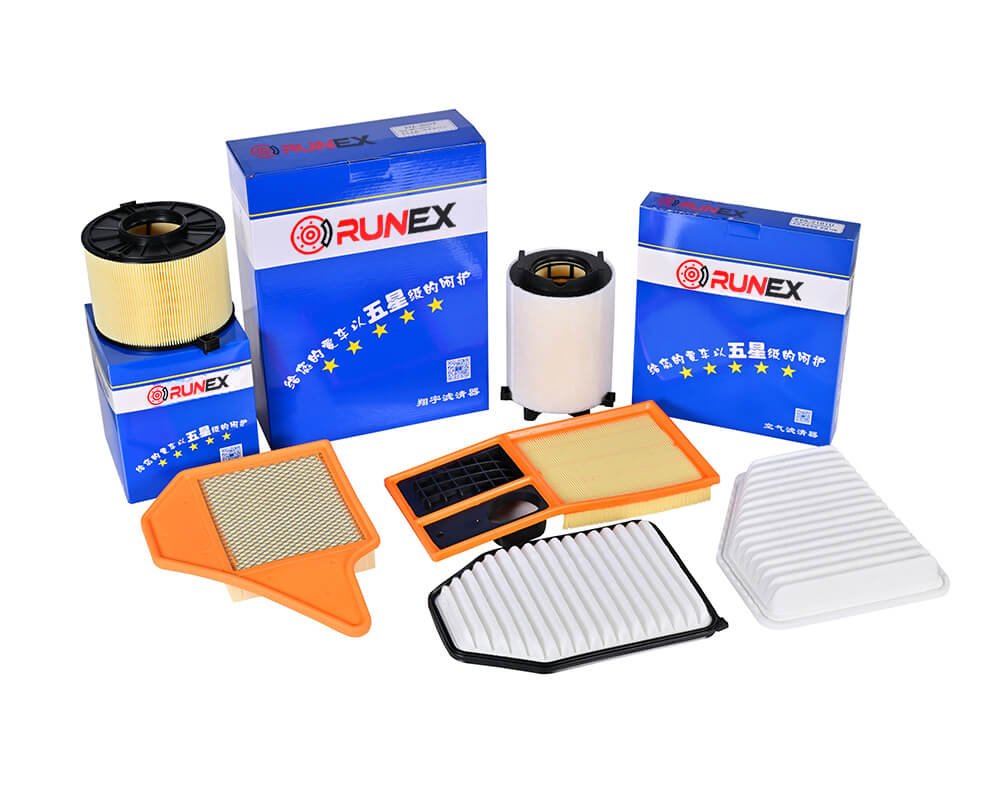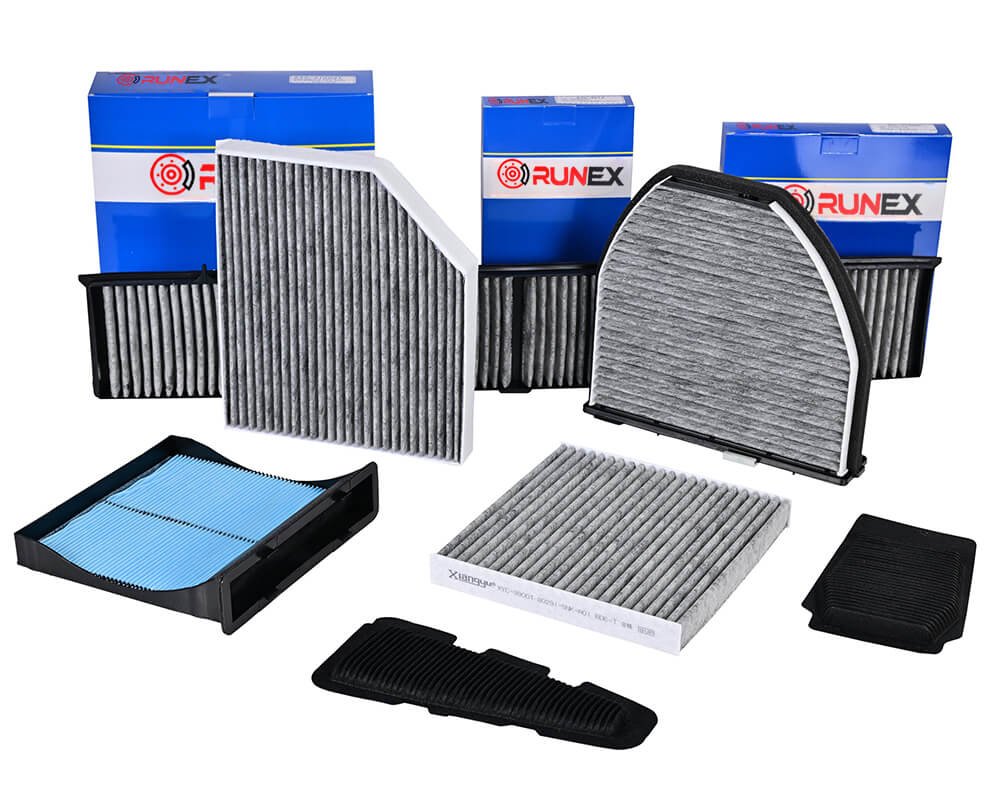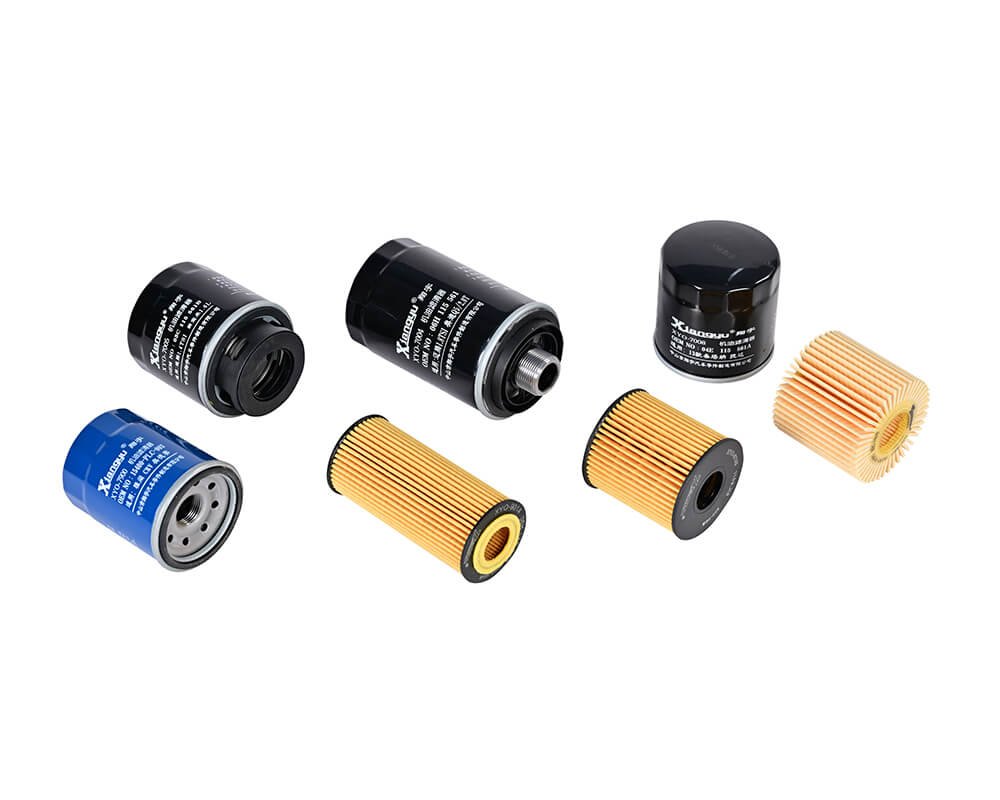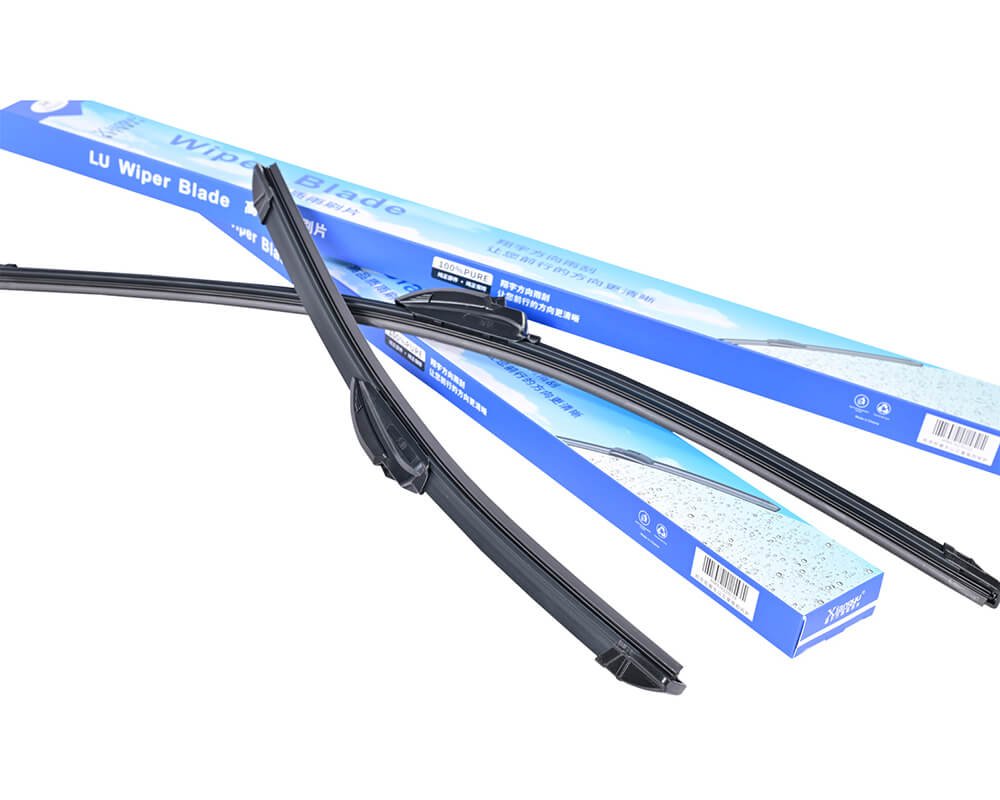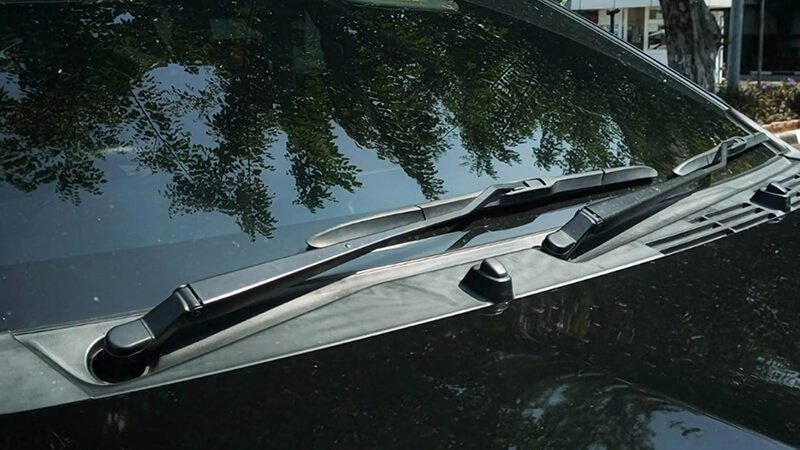When it comes to car safety, we all know that brake pads are critical. Yet, how many of us have actually put much thought into choosing the right ones? Most people simply go with the cheapest option or whatever the mechanic suggests. But choosing the right brake pads is more than just a purchase; it’s an investment in your safety, the longevity of your vehicle, and your driving experience. So, how do you choose the best ones?
Choosing the right brake pads is essential for both your safety and the performance of your vehicle. With so many options available, how do you know which one is right for you? In this guide, I’ll break down the different types of brake pads, what to look for, and how to select the perfect set for your needs.
I know it can be overwhelming. With so many choices, how can you ensure you’re picking the right brake pads? Don’t worry, I’ve got you covered. Whether you’re an everyday commuter or someone who likes to push your car to its limits, this guide will give you all the insights you need.
Why Brake Pads Matter
Brake pads are a crucial component of your vehicle’s braking system1, and they play an essential role in ensuring safe and efficient vehicle operation. Every time you apply the brake, the brake pads press against the brake rotor, creating friction that slows down the vehicle. Without high-quality brake pads, your car would not stop effectively, and your safety would be compromised.
Performance and Safety
The effectiveness of brake pads directly influences your vehicle’s stopping power. Poor-quality or worn-out brake pads can lead to reduced braking efficiency and longer stopping distances2, resulting in potentially dangerous driving situations, especially in emergency braking scenarios.
Vehicle Longevity
Choosing the right brake pads also impacts your vehicle’s longevity. Brake pads that offer superior performance can reduce wear and tear on braking system components3, such as the brake rotors. By reducing unnecessary friction and heat generation, high-quality pads contribute to the overall lifespan of the braking system, which can save you significant maintenance costs in the long run.

Types of Brake Pads
There are three main types of brake pads, each made from different materials and designed for different driving needs. Understanding the differences between these types is crucial for choosing the right one for your vehicle.
| Type of Brake Pad | Material Composition | Pros | Cons | Ideal Use Case |
|---|---|---|---|---|
| Ceramic Brake Pads | Ceramic fibers, bonding agents, non-ferrous materials | Excellent stopping power, quieter, less brake dust, longer lifespan | More expensive, not as effective in extreme temperatures | Everyday driving, commuters, quiet rides |
| Semi-Metallic Brake Pads | Metal shavings (steel, copper), other materials | Great for high-performance driving, better heat resistance, affordable | Noisy, more brake dust, higher wear on rotors | Sports cars, aggressive driving, heavy-duty use |
| Organic Brake Pads | Rubber, carbon, and resins | Quiet, affordable, gentle on rotors | Wear out faster, less durable | Light drivers, city driving with frequent stops |
Ceramic Brake Pads4
Ceramic brake pads are made from a combination of ceramic fibers and bonding agents, making them incredibly durable and efficient. They are known for their quiet operation and long-lasting performance. Ceramic pads also produce less brake dust, which helps keep your wheels cleaner and reduces the need for frequent washing.
However, ceramic brake pads tend to be more expensive than other types. But if you value longevity and a quieter driving experience, they are a solid investment.
Semi-Metallic Brake Pads5
Made from a mixture of metal shavings and other materials, semi-metallic brake pads are designed for performance and durability. They are excellent at dissipating heat, making them ideal for high-performance or heavy-duty vehicles.
However, semi-metallic pads are typically noisier than ceramic pads, and they produce more brake dust, which can accumulate on your wheels. Additionally, they may cause more wear and tear on your brake rotors, which means you might have to replace them sooner than with other types of pads.
Organic Brake Pads6
Organic brake pads are made from natural materials such as rubber, carbon, and resins. They are often quieter than semi-metallic pads and produce less dust. However, they are less durable and may wear out quicker. Organic pads are typically more affordable, but they aren’t suitable for aggressive driving or high-speed conditions due to their lower heat resistance.

Key Factors to Consider When Choosing Brake Pads
When it comes to choosing brake pads, it’s not just about picking a type. You need to consider several key factors to ensure that you’re getting the best performance and value for your needs7.
Compatibility8
Brake pads need to be compatible with your vehicle’s make and model. Every car has specific requirements for brake pads, including size, shape, and thickness. If you choose a brake pad that doesn’t match your car’s specifications, you could face serious braking issues. Always check the manufacturer’s guidelines or consult with a professional to confirm compatibility.
Performance Features9
The ideal brake pad for your vehicle depends on how you drive. Are you a commuter who spends most of your time in stop-and-go traffic? Or do you drive long distances on highways? If you drive frequently at high speeds or in hilly areas, you’ll need a brake pad that performs well under extreme heat.
Here are some performance features to keep in mind:
| Feature | What to Consider |
|---|---|
| Stopping Power | Higher-quality pads provide quicker stopping distances. |
| Noise Level | Ceramic pads tend to be quieter compared to semi-metallic. |
| Heat Resistance | Semi-metallic pads excel in hot conditions and aggressive driving. |
| Dust Creation | Ceramic pads produce less dust, keeping your wheels cleaner. |
Durability
How long your brake pads last depends on how frequently you drive and the driving conditions you encounter. If you live in a region with extreme temperatures or drive in mountainous terrain, your brake pads will need to withstand higher stress. For these types of conditions, semi-metallic or ceramic brake pads are usually the best options as they offer superior durability.

How to Evaluate Brake Pad Brands
When choosing a brake pad, it’s important to evaluate the brand thoroughly. A trusted and reliable brand ensures that you’re getting high-quality products that meet safety standards and deliver great performance.
At Runex Auto, we have built a reputation for delivering high-quality automotive parts, including our premium brake pads. Here’s what sets Runex apart:
Proven Quality and Performance10
Runex brake pads are manufactured using the highest quality materials, ensuring excellent performance and longevity. We’ve built our brand around precision, durability, and reliability. Our brake pads are rigorously tested to meet global safety standards, so you can be sure they’ll provide consistent performance over time.
Customization and Support11
Unlike many mass-market suppliers, we offer customization options for wholesalers and distributors. Whether you need a specific design, material, or size, Runex can tailor the brake pads to meet your exact requirements. We also provide excellent after-sales support to ensure you are satisfied with your purchase.
Eco-Friendly Options12
In line with our commitment to sustainability, Runex offers eco-friendly brake pads made from environmentally friendly materials. These pads provide the same high performance but with a reduced environmental impact. If you’re interested in reducing your carbon footprint without compromising safety, Runex is the right choice for you.
For more details about our brake pads and other products, visit our website at www.runexauto.com.
Eco-Friendly Brake Pads: Are They Worth It?
Eco-friendly brake pads are made from sustainable materials and designed to reduce the environmental impact of traditional brake pads. These products are gaining popularity due to their lower levels of harmful emissions, reduced brake dust, and often quieter performance.
While eco-friendly brake pads are an excellent choice for environmentally conscious drivers, they still deliver the performance you expect from high-quality pads. In fact, many eco-friendly options provide excellent stopping power and are designed to meet or exceed industry standards for safety and durability.
The main drawback is that they may cost slightly more upfront. However, considering the long-term environmental benefits and the fact that they last just as long as traditional brake pads, the investment is worth it.

Signs It’s Time to Replace Your Brake Pads
Worn-out brake pads can be dangerous, so it's important to know the signs that it's time to replace them. Here are a few indicators that your brake pads need attention:
| Sign of Worn Brake Pads | What It Means |
|---|---|
| Squeaking or Grinding Noises | The brake pads are worn down and need replacement. |
| Longer Stopping Distances | Worn pads reduce stopping power, increasing stopping distances. |
| Car Pulls to One Side | Uneven brake pad wear may cause uneven braking. |
Ignoring these symptoms could lead to more serious damage, like rotor damage or even brake failure. It’s always better to replace your brake pads sooner rather than later.
My Personal Experience with Brake Pads
I remember the first time I had to replace my brake pads. It wasn’t something I was excited about, but I knew it was necessary. I went with a trusted brand, ceramic pads, and I’ve never looked back. The difference in performance was incredible – quieter, smoother, and more responsive.
It wasn’t until I started looking into the types of brake pads that I realized how much more I could have done to ensure I was getting the best fit for my needs. If I had understood the differences between ceramic, semi-metallic, and organic pads earlier, I would have made a more informed decision.
FAQs on Brake Pads
How often should I replace my brake pads?
It depends on your driving style, but generally, brake pads need to be replaced every 30,000 to 70,000 miles.
Can I drive with worn-out brake pads?
It’s not safe to drive with worn-out brake pads. You risk damaging other parts of your brake system and endangering your safety.
How do I know which brake pads fit my car?
Check your vehicle’s owner manual or consult with an expert to find the right size and type of brake pads for your car.
Are ceramic brake pads better than semi-metallic?
Ceramic brake pads are quieter, last longer, and create less dust, but semi-metallic pads are generally better for high-performance driving.
Can eco-friendly brake pads work for heavy-duty driving?
Yes, eco-friendly brake pads can offer good performance for most driving styles, including heavy-duty driving.
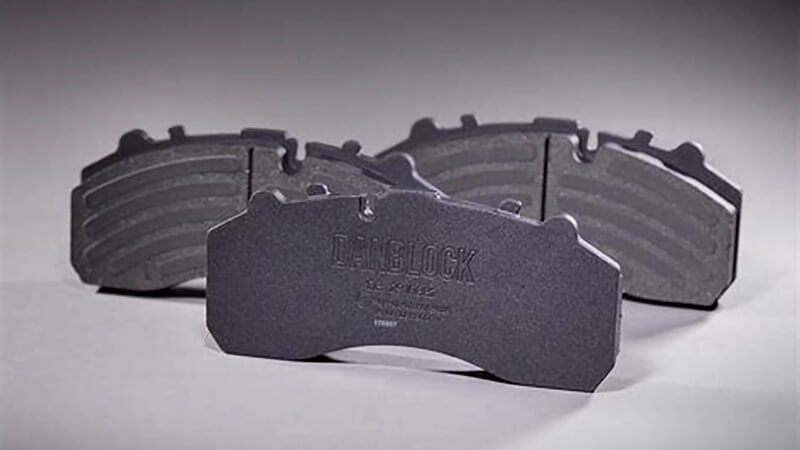
Conclusion
Choosing the right brake pads is essential for both your safety and vehicle performance. With the right information, you can make an informed decision that suits your driving style and vehicle needs. Don’t rush the decision – take your time, consider your options, and choose wisely.
If you want to learn more about brake pads or need help choosing the right ones, don’t hesitate to reach out13. We’re here to help you make the best choice for your vehicle.
-
Learn how key braking components work together for a safer driving experience. ↩
-
View data on how low-quality brake pads increase stopping distances in real-world scenarios. ↩
-
Learn how high-performance brake pads extend braking system lifespan and reduce maintenance costs. ↩
-
Understand why ceramic brake pads are a durable and efficient option for quieter, longer-lasting performance. ↩
-
Learn the advantages and disadvantages of semi-metallic pads, especially for high-performance vehicles. ↩
-
Discover how organic brake pads compare in terms of noise, durability, and suitability for aggressive driving. ↩
-
Learn which factors are most important for selecting brake pads that offer the best performance and value. ↩
-
Discover how to ensure your brake pads match your vehicle’s specifications for safe and effective braking. ↩
-
Understand how driving habits influence the performance features needed in brake pads, especially under extreme conditions. ↩
-
Understand how top brake pad brands test for quality, longevity, and consistent performance to meet safety standards. ↩
-
Discover how to access customized brake pads that suit specific business needs and customer demands. ↩
-
Explore the benefits of eco-friendly brake pads that reduce environmental impact without compromising performance or safety. ↩
-
Come to know more details about brake pads from Runex. ↩




